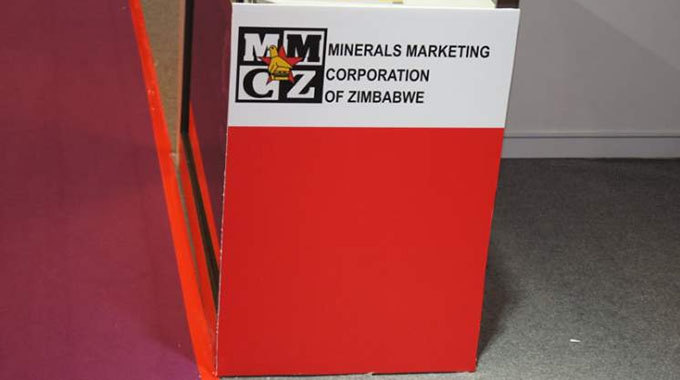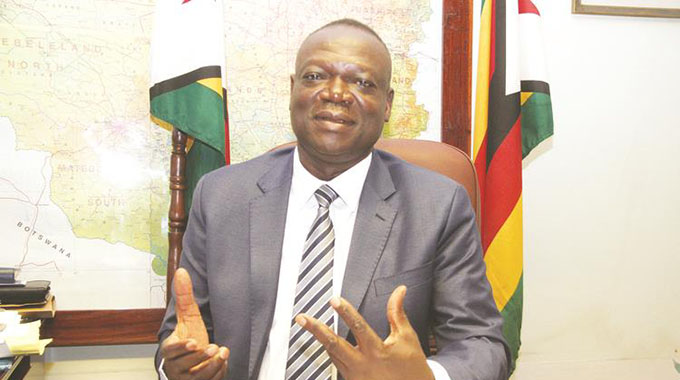‘2019 mineral exports to grow 9pc’

Ishemunyoro Chingwere Business Reporter
THE Minerals Marketing Corporation of Zimbabwe (MMCZ) has projected 9 percent growth in mineral exports for 2019, excluding gold and silver, to about US$1,8 billion compared to the same period last year.
Growth of mineral exports is key to foreign currency generation in Zimbabwe, an imports dependent economy that requires significant hard currency to import fuel, electricity, key raw materials and medicines among others.
Mining is also strategic to Zimbabwe as, apart from generating over 60 percent of its foreign exchange, the sector employees over 45 000 people directly and is one of the major anchors of short to medium-term economic growth.
The southern African country, aims to grow mining from a US$3,8 billion sector to a US$12 billion industry by 2023, a precursor milestone to the country’s vision of attaining middle income status by 2030.
Zimbabwe last year managed US$1,65 billion from the export of minerals excluding gold and silver whose marketing fall under the ambit of Fidelity Printers and Refineries (FPR), a unit of the Reserve Bank of Zimbabwe.
This year’s tally is now expected to hit US$1,8 billion and statistics from the State minerals marketer show that the first 10 months of the year raked in US$1,59 billion, signifying a 12,7 percent increase compared to the same period last year.
“From our projections, I think we will end the year 9 percent better than we managed last year,” said MMCZ general manager Tongai Muzenda.
“This rise can be attributed to better prices particularly for PGMs, which have been higher this year compared to last year.
“We have also made some strides on the beneficiation front and I think the commissioning of the Unki smelter is one such highlight as well as the increase in our ferrochrome exports,” he said.
The MMCZ boss also noted that the increase should be viewed in the context of the crippling power outages that dogged the economy this year, which saw load shedding running up to 16 hours in some cases.
He said had it not been for the power challenges, the increases could have been much higher as miners continue to move in sync with Government’s call to grow mineral export earning towards the US$12 billion per year by 2023.
The power challenges also resulted in the decline of confidence in the mining sector executives which plunged to a two-year low as per the Mining Business Confidence Index (MBCI), compiled by the Chamber of Mines of Zimbabwe (CoMZ).
The MBCI fell to 2,2 percent this year from 8 percent last year. It is also a further drop from 21,9 percent in 2017.
“So as you look at this year’s figures, you must also remember the crippling power challenges which affected the mining sector all year round,” said Mr Muzenda.
“Had we not faced these power challenges, we definitely would have been talking about a huge jump in our exports,” he said.
While other minerals are experiencing growth, there is largely a bloodbath in the gold sector which has taken a serious knock and is certainly going to miss the 33, 2 tonnes production level of last year as well as the 40 tonnes annual target what had been set by Government at the beginning of the year.
Statistics availed to this publication show that deliveries to FPR in the period January to October totaled 23 tonnes a return that signifies a 23 percent decline compared to the same period in 2018 in which the State buyer managed 30,03 tonnes.











Comments